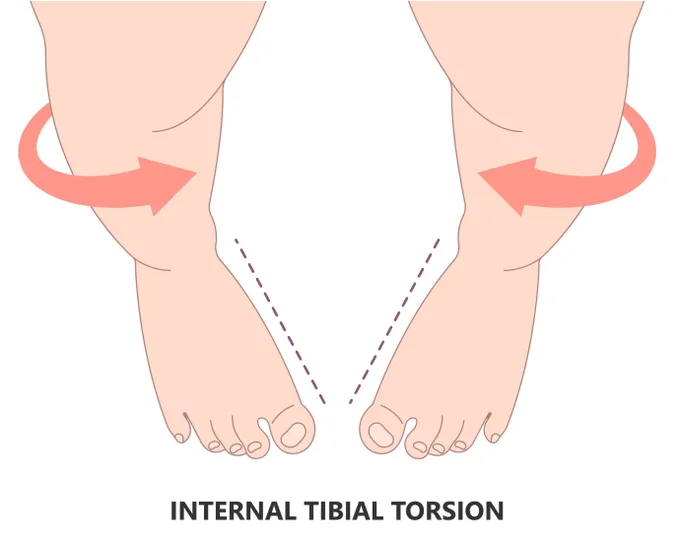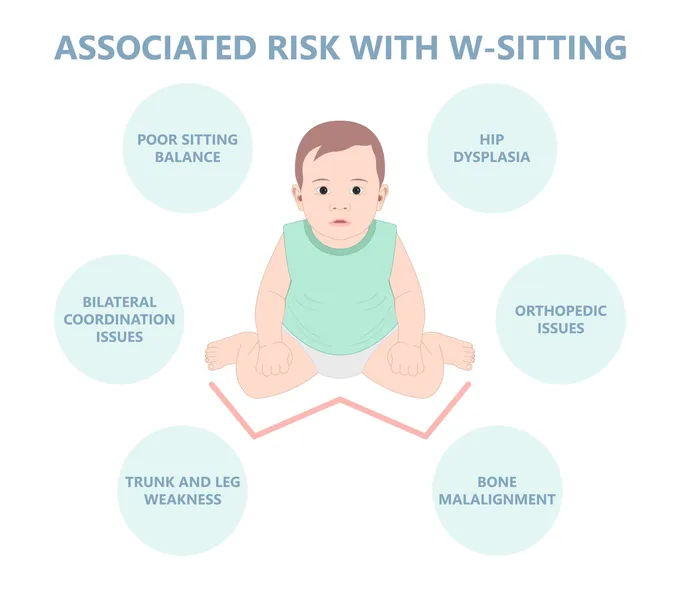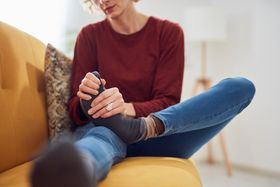What Causes Pigeon Toe and How You Can Correct It
Is pigeon toe affecting your mobility or causing discomfort? Learn about this common condition and how to fix it with treatments like custom orthotics.
Updated August 4, 2025

If you notice your child's feet pointing inwards, they may have a condition called pigeon toe or in-toeing. While it's very common in young children, pigeon toe that persists into adulthood can lead to discomfort, mobility issues, and even pain if left uncorrected.
So what exactly causes pigeon toe? In this guide, we'll explore why adults may experience in-toeing and the innovative solutions available, including how customized orthotics can help straighten your step.
What is Pigeon Toe?
Pigeon toe is a condition where the feet point inwards instead of straightforward. It's typically caused by a rotational issue in the feet, legs, or hips. While it may look unusual, it's normal in young children as their bones are still soft and developing.
One common cause of pigeon toe is fallen arches or flat feet. When the arches of the feet are not properly supported, it can cause the entire foot to roll inwards, resulting in a pigeon-toed stance.
» Discover secondary conditions resulting from flat feet
What Causes Pigeon Toe?
Several conditions can cause pigeon toe walking in children or adults—the main ones include:
1. Internal Tibial Torsion
This involves an inward curve of the tibia (shin) bone. It's considered a normal variation in babies due to the birth molding process. The in-toeing from internal tibial torsion typically self-corrects as the child grows.
2. Femoral Anteversion
This condition stems from the femur (thigh) bone's inward rotation. It's associated with extra flexibility in the hip joints and ligaments. Like internal tibial torsion, femoral anteversion usually resolves independently by age 11 as ligaments tighten.
3. Metatarsus Adductus
The most concerning type is metatarsus adductus, where the front portion of the foot turns inward, creating a C-shaped appearance. It's caused by tight tendons or muscles pulling the bones into an abnormal position. While flexible cases may resolve with stretching, inflexible metatarsus adductus requires more intervention. Severe rigid cases may need imaging like X-rays to check for associated hip problems.
» Curious about out-toeing? Learn what it is and the ways orthotics can help correct it
How to Fix Pigeon Toe in Children
While many internal tibial torsion and femoral anteversion cases resolve naturally with age, uncorrected metatarsus adductus can lead to long-term issues. This condition is linked to developmental dysplasia of the hip, where improper hip socket formation causes misalignment and potential dislocation over time if left untreated.
Recommended treatment options for flexible metatarsus adductus include gentle stretches and avoiding positions that overstretch the hips (like the "W" sitting position). Inflexible metatarsus adductus, on the other hand, should be addressed early through serial casting. Between 4-6 months old, a pediatric orthopedist will apply a series of casts that gradually reposition and stretch the foot into the correct alignment over 6-8 weeks.
Note: If serial casting fails to correct the foot deformity by age 3-4 fully, surgery may be needed to release the tight tendons. However, this is rare when detected and treated promptly.
» Uncover the benefits of wearing arch supports for your feet and ankles
How to Fix Pigeon Toe in Adults
Many adults experiencing pigeon toe walking can explore various treatment options to correct it, including:
- Physical Therapy: Engaging in targeted stretches and exercises to improve flexibility and strengthen muscles supporting proper foot alignment.
- Night Braces or Splints: Using supportive devices during sleep to help reposition the feet gradually and promote correct alignment.
- Proper Supportive Footwear: Opt for shoes with firm soles and wide toe boxes to provide adequate support and accommodate the foot's natural shape.
While surgery is rarely necessary for pigeon toe, it may be considered a last resort for rigid, severe deformities in adulthood that do not respond to conservative measures.
Complications of Pigeon Toe in Adults
Pigeon toe in adults can often lead to complications such as bunions, arthritis, and more, significantly impacting daily life. The consequences include:
- Abnormal Gait: Pigeon toe alters walking mechanics, resulting in an abnormal gait that affects posture and balance.
- Difficulty Finding Properly Fitted Shoes: Misalignment of the feet makes it challenging to find shoes that fit comfortably and provide adequate support.
- Increased Joint Stress and Pain: The continued misalignment places excessive stress on joints, leading to discomfort and potential long-term joint issues.
Note: Besides childhood origins, acquired neuromuscular conditions like cerebral palsy, arthritis, injuries, or other foot deformities may also contribute to in-toeing in adults.
Custom Orthotics as An Intervention
When dealing with pigeon toe—no matter your age—it's essential to catch the condition early and take action. However, there are no specific tests for pigeon toe. Instead, diagnoses rely on a pediatrician's physical examination during regular visits. These frequent check-ups allow for early detection of any rotational issues, followed by treatment options.
Another effective solution is custom inserts. They could be your saving grace if you deal with moderate to severe pigeon toe. Upstep's crew of foot experts digs deep into your situation, crafting orthotics that nudge your feet back into line and fix any signs of in-toeing. It's all about getting your feet in the right groove, easing discomfort, and ensuring you're stepping toward healthy feet.












